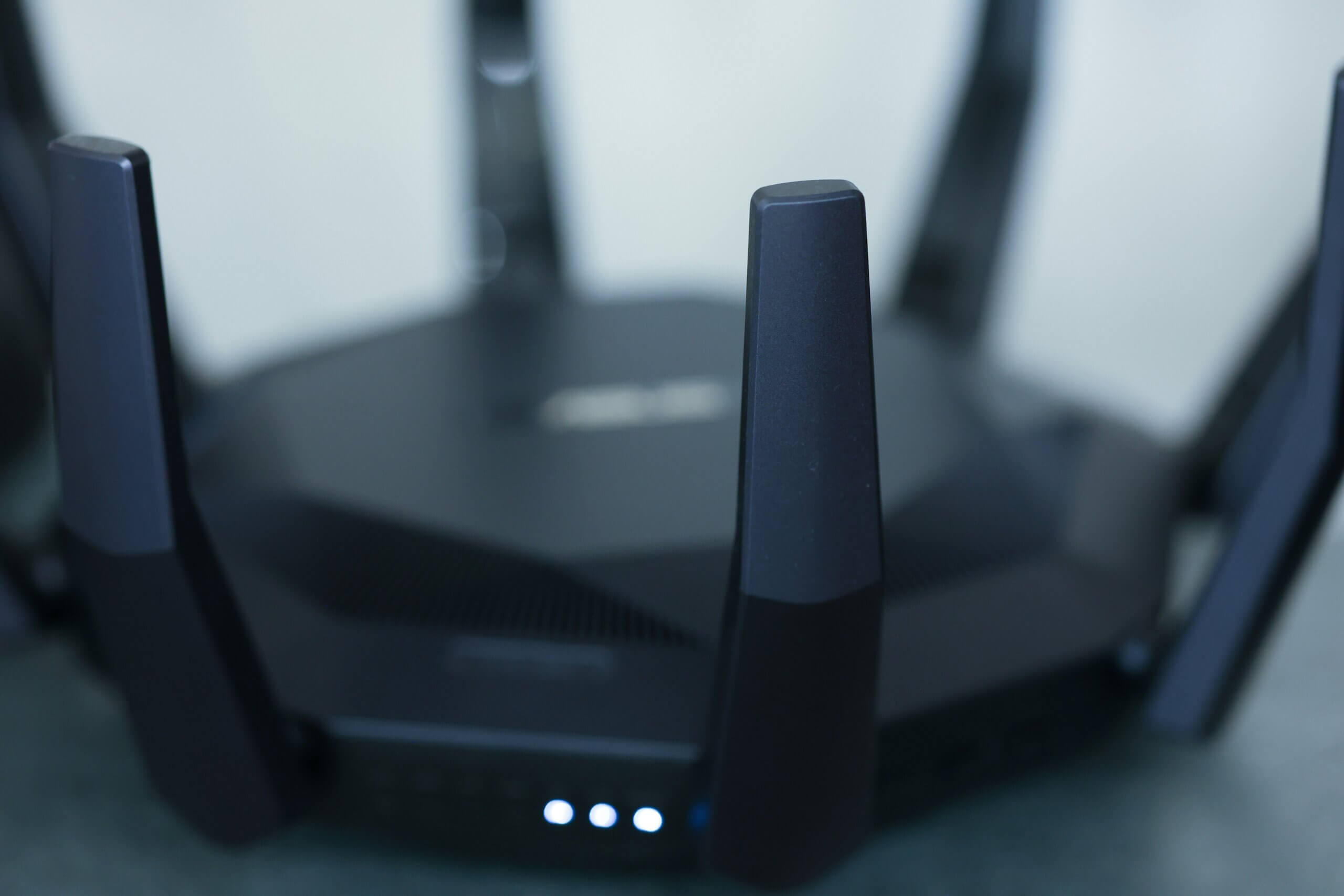In October, the Texas Attorney General launched a probe into TP-Link Systems Inc. to assess whether the company’s networking gear assisted the Chinese government in accessing US consumer data. TP Link does not have Huawei name recognition – and corresponding threat profile. But the Texas investigation is a long overdue and positive development; an example of the US system snapping into action to address China’s Hidden Huaweis.
But while this investigation might be overdue and a positive development, it is a drop in the bucket: There are countless Hidden Huaweis. Moreover, defeating just the actual Huawei, the one in plain sight, proved a Sisyphean task for the US government.
A new tack is needed. That tack should involve sector-level action in critical and high-risk domains – rather than trying to chase down every Hidden Huawei within them.
The connectivity marketplace – dominated by a cast of OEM and component suppliers producing routers, Wi-Fi hotspots, and fixed wireless access (FWA) equipment in China – underscores both the challenge at hand and the opportunity for a solution. Even when the US government designates Chinese entities as risks, those entities, and their supply chains, are adept at finding alternative routes into the US market. Common tactics include localization of assembly, joint ventures, and distribution and re-seller partnerships. This means that the operative risks of Chinese networking gear persist. The recent Hotspots report highlights as much in mobile Wi-Fi and FWA markets: It describes the component-level threat posed by connectivity equipment and devices that, while potentially wearing a trusted brand label on the outside, contain a high-risk component.
No entity-focused defenses will change this dynamic. The threat from China stems from an industrial policy that doesn’t necessarily pick winners but does pick sectors. The result is sector-level vulnerabilities for the United States – that the entity-level tools Washington has deployed to date do not address. China’s threat is not that of a single firm or of any discrete set of firms. Rather, China’s threat is one of entire product categories and sectors – that are backed by subsidies, preferential policies, and an all-encompassing legal and regulatory regime in China that places firms squarely under the government’s thumb – through which Beijing seeks to establish global influence, control, and, ultimately, dominance.
But the United States has an alternative. The United States can adopt sector-level defenses against China, restricting any and all Chinese entities that are backed by the Chinese state within strategic and sensitive domains.
The networking case – starting with mobile Wi-Fi hotspots, fixed wireless access equipment and their components – provides an opportunity to get this right. Because Huawei and ZTE have been elevated in US policy and because the nature of their threat proliferates across the entire scope of connectivity devices, this is a tractable sector for action. The Federal government should apply sector-level controls to rid the US market of Chinese devices and components that all too readily embed into US networks and critical infrastructure.
The capacity of connectivity devices to imperil US critical technology, infrastructure, and data is, at this point, well established: The anti-Huawei campaign of the first Trump administration demonstrated as much. And the Trump administration’s FCC has taken steps to address component-level challenges and a broadened set of connectivity risks, including in subsea cables. The Wi-Fi and FWA product spaces present similar vulnerabilities and dynamics. Adding PRC-linked actors across those entire sectors to the Commission’s Covered List would, finally, propel a response commensurate with the nature of China’s connectivity threat.
Now is the time to do so. China’s threat is growing by the day. As artificial intelligence and connectivity converge, an “Internet of Everything” will emerge. In that world, Wi-Fi hotspots and fixed wireless access equipment will be key sensors driving vertical applications, enterprise and individual connectivity, and the operating systems of a connected future. The United States and its allies have production capacity to substitute in these product spaces. But they will not if action isn’t taken now.
Protecting American national security, supply chains, and personal information shouldn’t require piecemeal efforts – valiant as those may be – from individual states. Nor should it require chasing down every individual threat actor in China’s systemic, wide-ranging campaign for global control. Federal policy should build the ramparts necessary to defend against China. Without Federal guidance and protection, the United States will continue to engage in a game of “whack-a-mole” against innumerable players backed by Beijing. Individual US states, businesses, and individuals all have technology, infrastructure, and data placed at risk. They need Federal action for an efficient solve.
– Nathan Picarsic, Senior Fellow at the Foundation for Defense of Democracies and co-founder of Horizon Advisory
(Photo by dlxmedia.hu on Unsplash)



